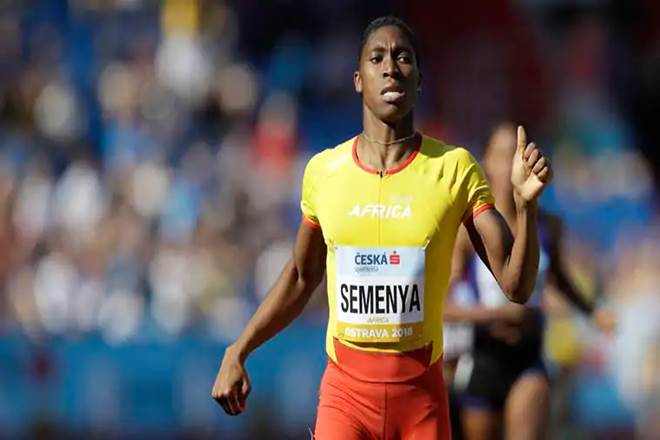South African runner Caster Semenya poses a dilemma for the sports world, and faces on herself after Wednesday’s ruling by the Court of Arbitration for Sports (CAS), which calls for her to bring her blood testosterone levels below 5 nanomoles (nmol)/litre.
The scientific community agrees that elevated blood testosterone, even when naturally-occurring in athletes with differences in sexual development (DSD) like Semenya, put them at an unfair advantage. Gender and rights activists, on the other hand, believe banning a Semenya from contesting if she doesn’t undergo a demanding form of treatment to bring her blood testosterone levels within the specified cap is highly discriminatory and is akin to policing her body. Therein lies the rub.
While the International Association of Athletics Federations hyperandrogenism guidelines had been challenged by Semenya, the guidelines themselves seem arbitrary. IAAF holds that the female level for blood testosterone is 0.12 nmol/litre to 1.79 nmol/litre while the male range is 7.7-29.4 nmol/litre. So, it is not clear why the IAAF then believes the 5 nmol/litre cap is the right one. Also, while the cap applies to 400-metres to 1-mile races, it doesn’t to shorter or longer ones.
The dilemma Semenya faces is a far graver one. Failing appeal, it will boil down to a gut-wrenching choice for the athlete: Does she submit to the IAAF standards and undergo either invasive or life-long treatment to bring down testosterone levels, risking known and unknown side-effects? Or, does she give up the sport that she has dedicated her life so far to? The CAS, even as it maintained the validity of IAAF’s guidelines for DSD athletes, acknowledged that the policy was discriminatory to DSD athletes. Yet, it said, the discrimination was “necessary” to preserve the integrity of female athletics. The IAAF clearly must walk the fine line between ensuring that the integrity of female athletics is preserved while DSD athletes don’t end up being discriminated against.


